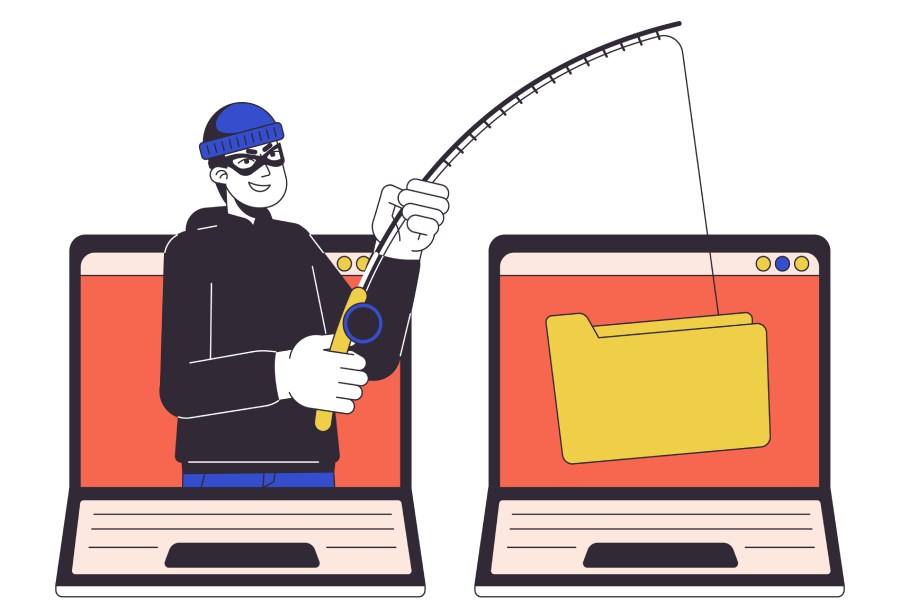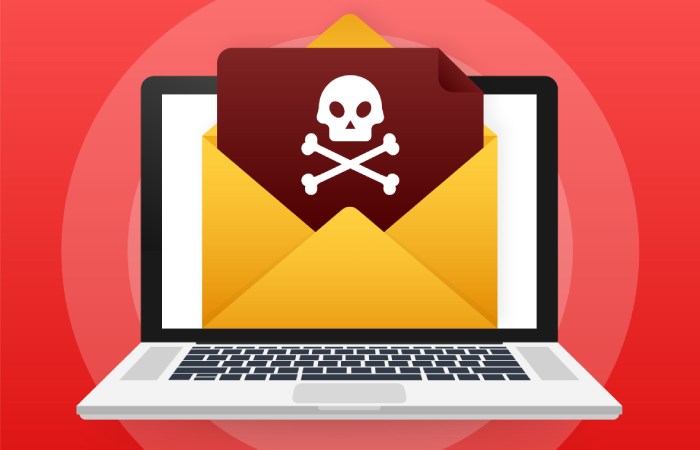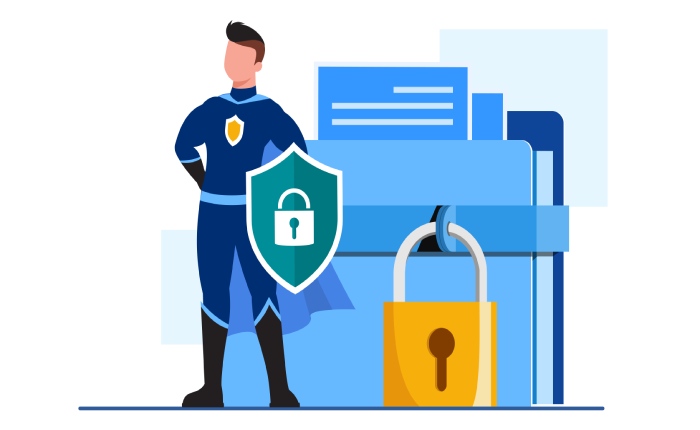Phishing scams are more common than you might think. In fact, a person receives an average of six malicious emails per day, threatening the security of their computer and their systems.
Between 2013 and 2016, American businesses faced a staggering $500 billion in losses due to phishing scams. This led to an extensive FBI investigation of over 22,000 reported phishing scams.
Phishing can be a murky topic, particularly when it gets grouped into other email-related crimes. So let’s clear that up: phishing is a cybercrime where people are targeted by an email, a text, or a phone call from someone who is attempting to access critical personal and/or financial information.
Usually, a cyber criminal does this by posing as either a familiar person or a business, hoping to trick their victim into supplying valuable information or money. The results? Identity theft and financial loss. And that’s just the tipping point, but more on that later.
Personally Identifiable Information (PII) is particularly enticing for phishing criminals, who seek bank accounts, credit card numbers, Social Security Numbers (SSNs), and passwords.
Phish protection from DuoCircle creates a defensive barrier for companies, acting to keep malware, phishing, and ransomware out of your corporate network. Businesses can have the peace of mind knowing that their networks, systems, and employees are actively protected from email threats in real-time.
How phishing scams are impacting businesses
Phishing scams are creating a great deal of trouble for today’s businesses who work primarily within a digital environment. With massive quantities of valuable company, employee, and customer data being stored digitally, businesses are easy targets for cyber attacks.
Phishing scams are like wolf in sheep’s clothing. They’re designed to look trustworthy in the hopes of enticing people to take action by clicking on an unthreatening false link or following directions in a bogus email. Essentially, phishing scams mimic a company executive or domain, prompting you to do something seemingly routine and innocent, such as clicking a link to check purchasing invoices, shipment status notifications, or address verification.
The Anti-Phishing Working Group states that over 100k new phishing attacks are reported every month, with thousands of people and businesses succumbing to these scams.
There’s several types of phishing threats, but two that impact businesses most often include:
- Business Compromise Email (BCE): This happens when a cyber criminal accesses a corporate email account and mimics the owner’s identity. The goal? Attempting to defraud the company and/or its employees, customers, investors, or partners of money.
- Domain Name Spoofing: This type of threat occurs when a fake domain that appears very similar to the primary business is registered. Cyber criminals use this tactic to imitate executives and exploit a business’s financial department for monetary gain, like sending a wire transfer or check.
Here is the type of damage phishing can do, and what it costs businesses:
4.2 billion records from organizations were stolen in 2016 and cyber criminals used phishing, hacking, malware, and other tactics to do it. This led to 81% of the victimized organizations to lose customers and suffer reputation damage. Each organization lost about $1.6 million because of these attacks.
Clearly, phishing attacks hurt a company’s bottom line. But the impact can reach all the way to their customers. Companies have to remember that their businesses data isn’t the only information at risk, their employees and customers data is also vulnerable.
Customers don’t want to risk their personal information and so they transfer their business and alliances to competitors, subsequently leading to more than substantial monetary loss for a company.
Mitigating threats
It’s vital that businesses prepare defensive strategies to prevent potential cyber threats like phishing. Being aware of the risks or “on the lookout” for phishing scams simply isn’t enough. Companies have to be proactive.
But rest assured, there are proven ways to mitigate phishing attacks and ensure that they don’t impact your business.
Businesses need to deploy scalable, easily integrated email management solutions that address gaps in their digital security framework by implementing aggressive software solutions. Given that email is still a primary source of communication for organizations, both with customers and employees, solutions need to effectively defend network systems while still allowing companies to use their email.
For example, the past 7 days of your email history can be automatically mirrored, making it accessible via a webmail portal. This way, in the event of a potential attack, disaster, or email server going down, businesses can still respond to email and keep productivity levels on track.
Digital solutions like disaster recovery, email archiving, and creating users and updating MX records are critical to maintaining data security.
And let’s not forget the general, practical ways to protect yourself, which may seem obvious, but deserve a mention:
- Be cautious about strange or unfamiliar looking email links and URLs.
- Be especially wary about taking surveys.
- Be sure to carefully monitor your financial activities, like credit card and debit card action.
- Think twice before you download documents and attachments.
Real-time advanced threat defense
Advanced Threat Defense Services from Duocircle enhances the digital security of your business by providing targeted, real-time protection that covers critical forms of email attacks.
Phishing doesn’t have come between your business and its information, reputation, and future. With so much at stake, it’s important to take preventative action and stop phishing scams before they can harm your company.
Duocircle provides robust defenses, and the type of reliable risk mitigation support that businesses can count on.


